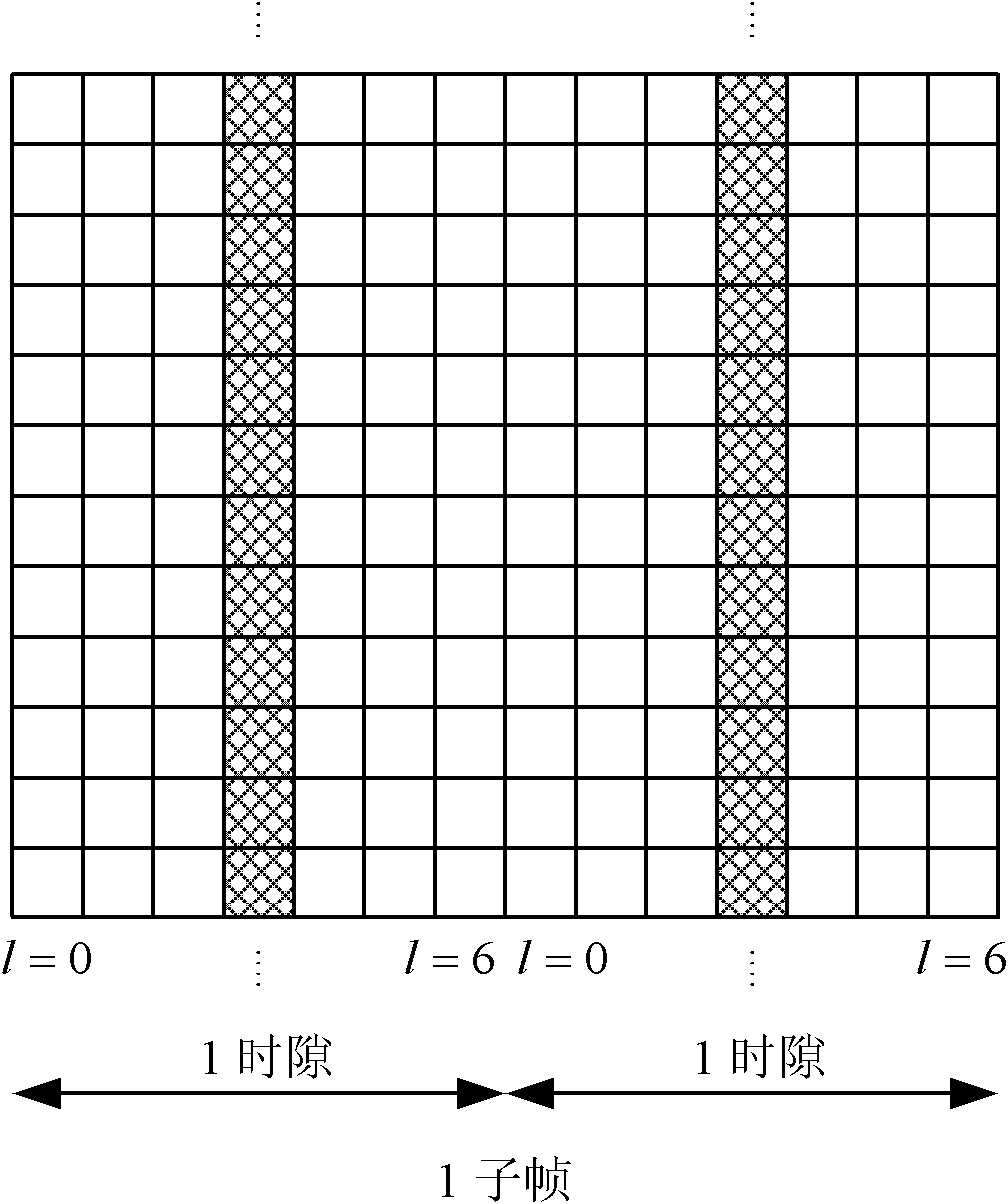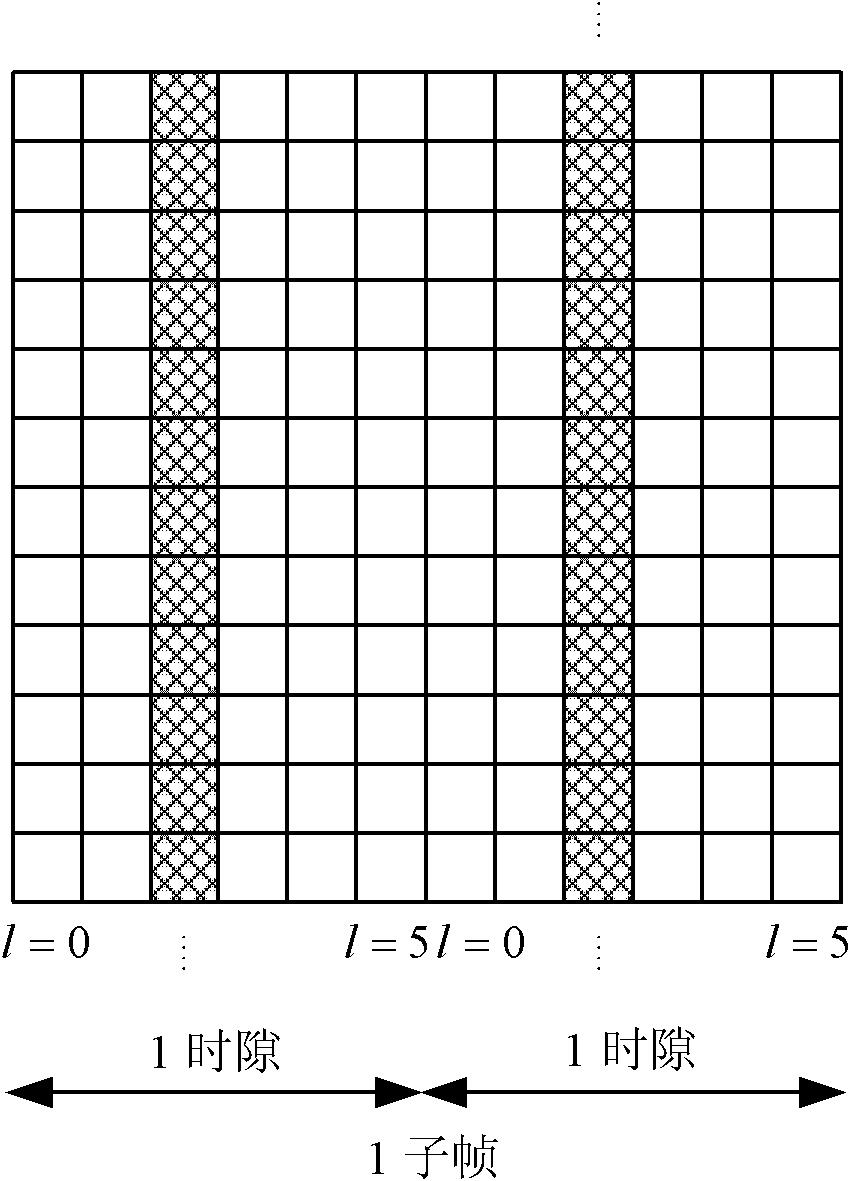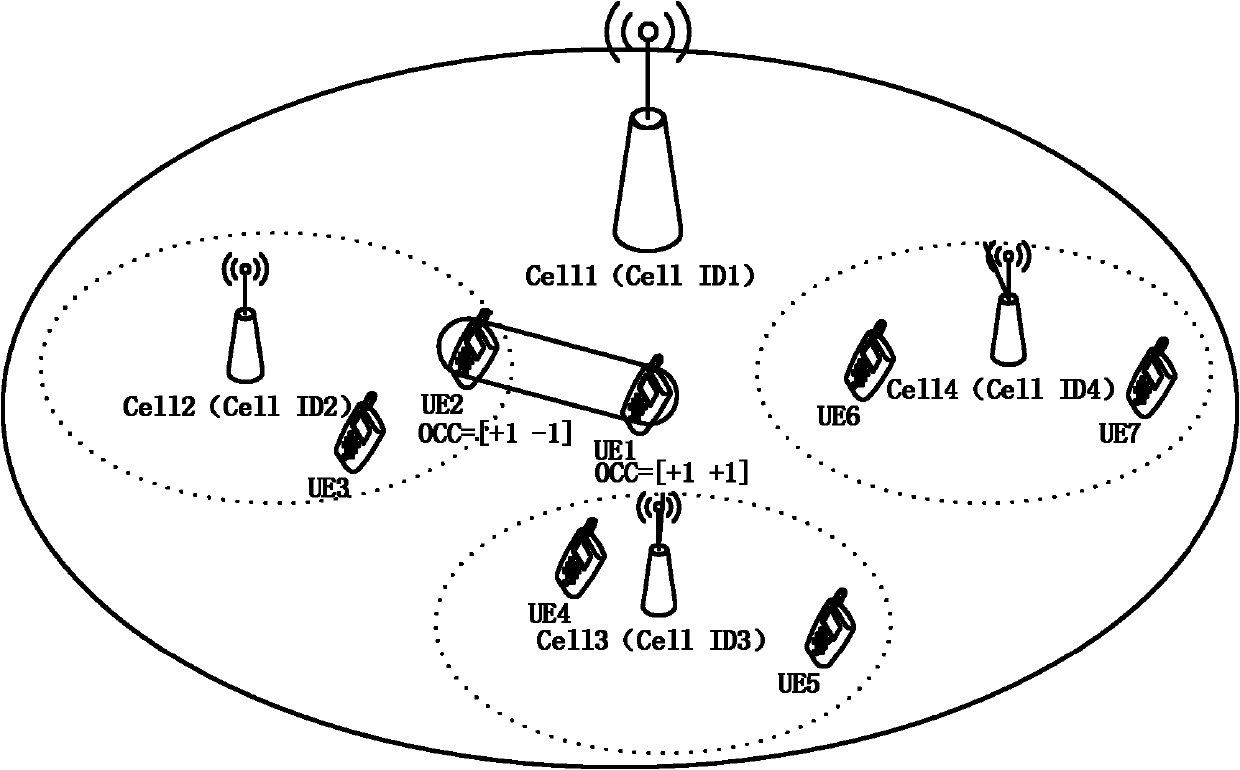Transmission method for demodulation reference signal of physical uplink shared channel and user equipment (UE)
A technology of physical uplink sharing and channel demodulation, applied in the field of long-term advanced evolution wireless communication, which can solve the problems of inconsistent CS hopping patterns, inability to decode OCC correctly, collision of user-specific sequences and cell-specific sequences, etc.
- Summary
- Abstract
- Description
- Claims
- Application Information
AI Technical Summary
Problems solved by technology
Method used
Image
Examples
Embodiment 1
[0155] The user equipment receives signaling configuration information sent by the base station for the user equipment to determine the demodulation reference signal of the physical uplink shared channel, including: a user-specific sequence group number offset.
[0156] The user equipment uses the following formula to determine the sequence group number u of the demodulation reference signal of the physical uplink shared channel:
[0157] u=((f gh (n s )+f ss )mod30+Δ u )mod30
[0158] Among them, f gh (n s ) is the sequence group jump pattern, f ss is the sequence shift pattern, Δ u is the user-specific sequence group number offset, and Δ u ∈ {0, 1, ..., 29}.
[0159] The user equipment receives user-specific signaling configuration information for the user equipment to determine the upper demodulation reference signal sent by the base station through high-layer signaling or physical layer signaling.
Embodiment 2
[0161] The user equipment receives the signaling configuration information sent by the base station for the user equipment to determine the demodulation reference signal of the physical uplink shared channel, including: user-specific cell identification number, user-specific cell identification offset, user-specific sequence Group pattern offset.
[0162] The user equipment uses one of the following formulas to determine the initialization condition c of the pseudo-random sequence generator of the sequence group hopping pattern of the physical uplink shared channel demodulation reference signal init :
[0163] or
[0164] or
[0165] or
[0166] or
[0167] or
[0168] or
[0169] or
[0170] or
[0171]
[0172] in, is the cell identification number, is the user-specific cell identification number, is the user-specific cell identity offset, ΔN gh is the user-specific sequence group pattern offset, ΔN gh ∈ {0, 1, ..., 16}.
[0173] The...
Embodiment 3
[0176] The user equipment receives the signaling configuration information sent by the base station for the user equipment to determine the demodulation reference signal of the physical uplink shared channel, including: user-specific cell identification number, user-specific cell identification offset, user-specific sequence Group pattern offset.
[0177] The user equipment uses one of the following formulas to determine the initialization condition c of the pseudo-random sequence generator of the sequence hopping pattern of the physical uplink shared channel demodulation reference signal init :
[0178] or
[0179] or
[0180] or
[0181] or
[0182] or
[0183] or
[0184]
[0185] in, is the cell identification number, is the user-specific cell identification number, is the user-specific cell identity offset, ΔN gh is the user-specific sequence group pattern offset, ΔN gh ∈{0,1,...,16}; is the sequence shift pattern of the physical uplin...
PUM
 Login to View More
Login to View More Abstract
Description
Claims
Application Information
 Login to View More
Login to View More - Generate Ideas
- Intellectual Property
- Life Sciences
- Materials
- Tech Scout
- Unparalleled Data Quality
- Higher Quality Content
- 60% Fewer Hallucinations
Browse by: Latest US Patents, China's latest patents, Technical Efficacy Thesaurus, Application Domain, Technology Topic, Popular Technical Reports.
© 2025 PatSnap. All rights reserved.Legal|Privacy policy|Modern Slavery Act Transparency Statement|Sitemap|About US| Contact US: help@patsnap.com



